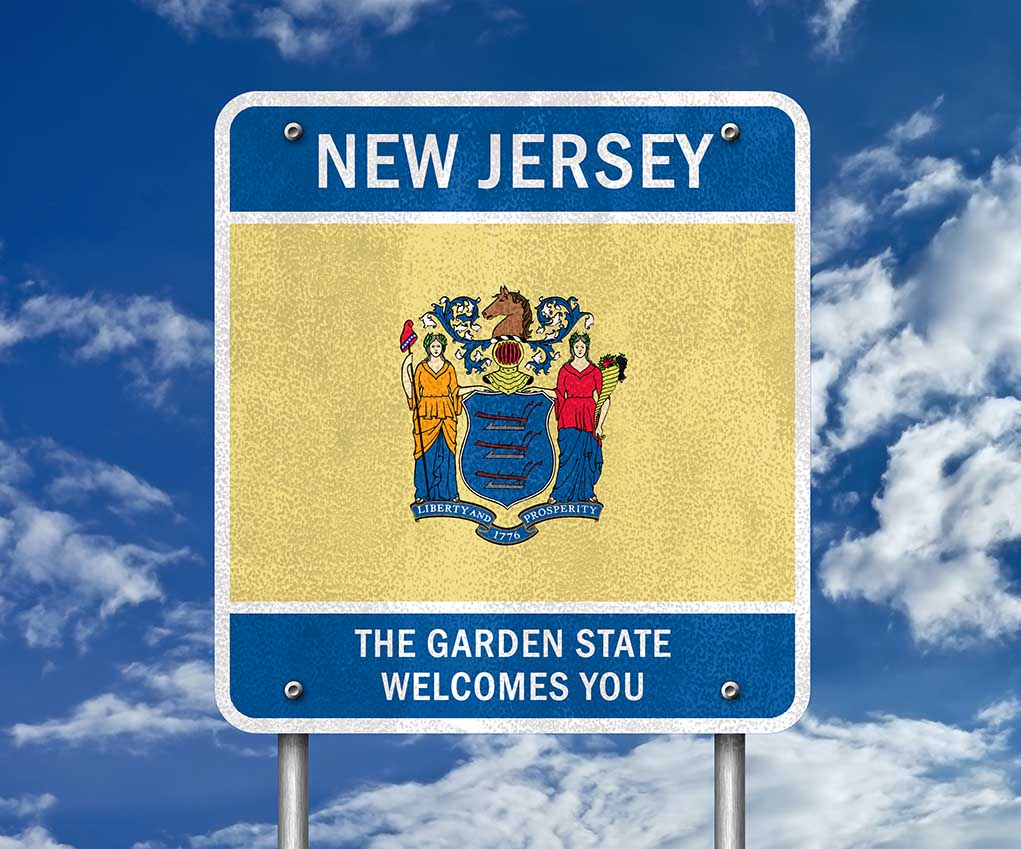
The state may be home to Jersey Shore, but other than that, it’s been a pretty positive place since its start as a simple colony. All jokes aside, the Garden State has had a lot to offer over the years. Here’s a quick look into the history of New Jersey.
Before Jersey
About 10,000 years ago, the land we call New Jersey today was inhabited by the Delaware Indians. At the time the first Europeans came to the area, there were anywhere from 8,000 to 20,000 Indians living there. The Delaware Indians were considered a single tribe, but they lived in small communities, often made up of extended families. These Indians lived in what is now New Jersey, Pennsylvania and Delaware. Eventually, the first permanent European settlement was established in 1660. Known as Bergen, the area was founded by the Dutch, Swedes and Finns.
Earning the Name New Jersey
The British gained control of the region, effectively taking it from the Dutch and claiming it as a colony. In 1664, officials named it New Jersey, and they divided the land in half, giving two proprietors control. Lord John Berkeley was in charge of the west side, and Sir George Carteret was in charge of the east. The name stemmed from the Isle of Jersey within the English Channel, where Carteret was once the governor.
The Revolution
Leading up to the Revolutionary War, New Jersey was split into three, with one-third of its residents siding with the rebels, one-third siding with Great Britain, and the rest remaining neutral. Due to its geographic location, New Jersey was the center point of the War for Independence and saw more battles than any other state. It was the site of several turning points in the war, including the Battle of Trenton.
After winning New Jersey and forcing Washington into Pennsylvania, the British didn’t think anyone would fight in the winter. Well, Washington did just that, and with the British and Hessians not expecting a brawl, they were caught off-guard, allowing Washington to retake the colony.
The Civil War
New Jersey saw about 25,000 soldiers fight for the Union Army during the war. The state’s soldiers fought in just about every major battle that took place in the eastern states. After the war ended, the Industrial Revolution saw New Jersey grow even more as immigrants came to work in the factories within Trenton, Paterson, Camden and Newark. Railroads were eventually laid to connect the cities and transport goods and materials.
Modern Day Jersey
Today, the Garden State is more densely populated than China and rivals India in terms of how crowded it has become. The state also claims to have more horses per square mile than any other. Oddly enough, New Jersey is the only state in the Union that doesn’t have an official song. Despite its nickname, the Garden State isn’t full of beautiful gardens, but it is not a concrete jungle either. About 45% of its landmass is covered by forests.
New Jersey has made an impact on US history, and its residents take great pride in its contributions. Not only do we recognize the state for its role in America’s past, but we also look forward to what it has in store for us in the future. The state has stayed consistently on the right side of history, and we hope it continues to forge a bright path.













